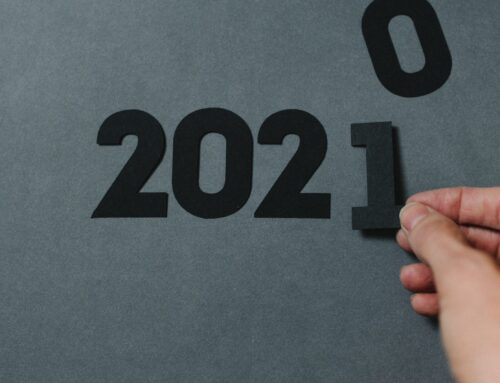Our clients often ask us, “How should I price the CE courses that I provide to the professionals in the industry our organization serves?” Understanding our answer is typically the easy part. Executing upon our answer seems to be more of a challenge. This blog posting is intended to help you to establish the proper price for your content regardless of industry or topic .
First, we need to understand the two main pricing methods that you may choose to follow when establishing your prices:
- Cost-plus pricing – prices which consider the total cost you incur to create and deliver the course; plusthe margin you would like achieve to maintain profitability (cost + margin = price)
- Value-based pricing – prices which are based on the value that the course provides which customers are willing to pay for, i.e., the more value derived from the course, the more the customers will pay.
Our answer to the question is: Always use value-based pricing where appropriate and cost-plus pricing for the rest.
Because value-based pricing tends to be more expensive than cost-plus, the return on value-based pricing is higher. This enables your organization to re-invest the higher profit margins to help you to serve your professionals more effectively moving forward.
As stated earlier, understanding the pricing methods is the easy part. The challenging part can be highlighted by the two following questions:
- When should I use value-based pricing?
- How do I establish the price-point when using value-based pricing?
The key to answering these two questions is that you need to know how to assess the value of the CE course.
Value can be assessed by the following axiom: The value of anything is assessed by its scarcity-relative-to-its-demand.
You may read that and think, “Huh?” But, something is valuable if and only if, it’s scarce and it’s in demand. For instance, what’s more valuable, a 24-carat diamond or a glass of water? Before you jump to an answer, you need to first establish the “scarcity-relative-to-demand” of both the diamond and the glass of water. If you’ve been walking in the desert and are dying of thirst, I believe that you’d pay more for the glass of water. Why? The glass of water is both extremely scarce and in high demand! The diamond? It’s certainly scarce, but it’s not in high demand (at that moment).
So, what makes a course scarce and in high demand? Check out the second installment of our pricing series:How Should I Price the CE Content I Deliver.






